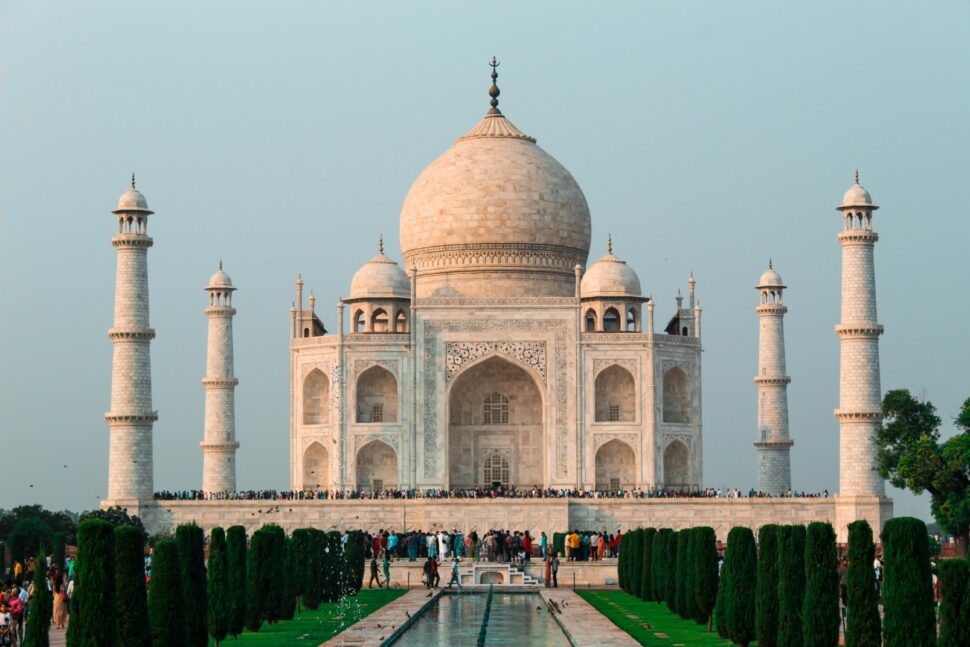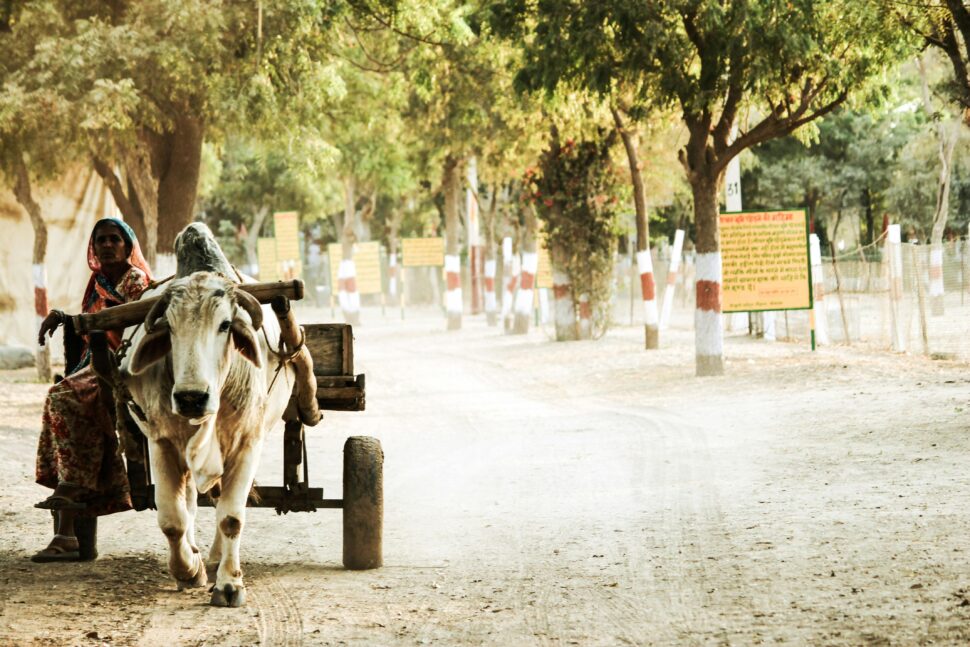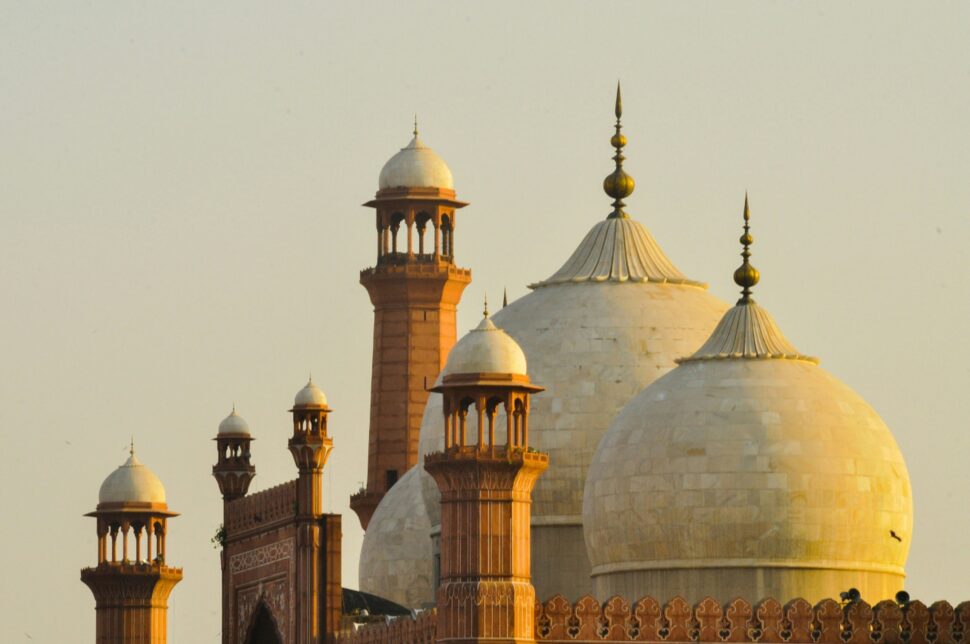South Asian neighbors India and Pakistan are rich in culture and, respectively, have beautiful landscapes, bustling cities, and various historical sites. However, tensions have recently re-escalated between the two countries following a devastating attack on civilians in late April in Kashmir, leaving 26 dead.
Due to various concerns regarding crime, terrorism, unrest, and other factors, Americans visiting India or Pakistan are discouraged from traveling altogether or recommended to travel with caution.
Official Travel Advisories
The State Department currently has a Level 2 travel advisory for India, meaning U.S. travelers should “exercise increased caution.” The concerns revolve around crime, terrorism, political unrest, and other potential risks in India.
The authority has a heightened travel advisory for Pakistan, listing the latter as a Level 3 zone, for which people are urged to “reconsider travel.” The State Department says its concerns in Pakistan are due to terrorism and other risks.
Both travel advisories warn visitors to avoid being near the India-Pakistan border “due to the potential for armed conflict.” Additionally, travelers should avoid the Line of Control, where terrorism or armed conflict could occur. As the authority noted, terrorism could happen suddenly and without warning.
The World Health Organization (WHO) has no specific travel notices for either country. The Centers for Disease Control and Prevention (CDC) has no health notices for India, but two for Pakistan. The latter country has a Level 2 health notice for the global polio outbreak, for which travelers should “practice enhanced precautions.” Additionally, there’s a Level 1 health notice for the global dengue and measles outbreaks, as well as drug-resistant typhoid fever in Pakistan. For Level 1 notices, travelers are advised to “practice usual precautions.”
Tensions In Kashmir
The terrorist attack in India-administered Kashmir was the worst on civilians in the region in decades. The attack killed 25 Indian nationals and one Nepali. Indian officials called out Pakistan’s alleged “support for cross-border terrorism,” but the latter country’s government denied being behind the tragic incident. The Kashmir Resistance, a militant group, reportedly claimed responsibility.
Both countries revoked visas for the other’s nationals and have since taken other retaliations against one another. According to Al Jazeera’s May 7 reporting, much of the air travel scheduled within India and Pakistan’s airspace (particularly near the border) has been delayed, canceled, and/or rerouted. Additionally, India’s government has reportedly shut down some of the country’s northern airports. Several carriers have made changes, and travelers are encouraged to check in with their airlines if they have flights scheduled.
India has since launched strikes on nine different places in Pakistan and Pakistan-administered Kashmir, leaving 31 dead. According to CNN, Pakistan has confirmed that it has killed up to 50 Indian soldiers at the Kashmir border. Additionally, shelling by Pakistan’s military in India-controlled Kashmir has allegedly left a minimum of 12 civilians dead and 57 injured.
Are India And Pakistan Safe for Tourists and Solo Travelers?

Due to several risks, heightened tensions between India and Pakistan, and the ongoing conflict in Kashmir, many travelers would likely feel restricted and/or unsafe in either country. Additionally, the State Department does not recommend solo travel in India, particularly for women.
Crime
Be wary of pickpocketing and theft in both countries, especially in public and public transportation. The State Department claims that Indian authorities “report that rape is one of India’s fastest growing crimes.”
Transportation
Transportation in India is dangerous and likely not what U.S. travelers are used to. The State Department notes that “India leads the world in traffic-related deaths.” Visitors should practice extreme care when navigating on foot, wear helmets on motorcycles, and note that they may not have access to seatbelts in vehicles. Locals widely use buses, but they can be accident-prone. Train travel is “generally safe,” but accidents still occur.
Traffic moves on the left in both countries. In Pakistan, drivers should anticipate significantly different road conditions and infrastructures, particularly at night and outside major cities. Visitors should practice caution and discernment regarding public transportation and taxis/rideshares.
Bank Safety Information
Be cautious of your surroundings when using ATMs.
Health
Only drink untampered and sealed bottled water – ideally by a major brand. Travelers – including children, the elderly, and those with respiratory and general issues – should reconsider travel to places in India with significant air pollution. In an emergency, taking a taxi or rideshare may be wiser than waiting on an ambulance.
Common Scams To Be Aware Of
ATM scams in India put you at risk of your card details getting into the hands of scammers.
How To Stay Safe In India And Pakistan

Take all the standard travel safety measures you can. Before your trip, educate yourself on your destination and register your travel with the State Department’s Smart Traveler Enrollment Program, aka STEP. While abroad, do not draw attention to yourself or flash money, jewelry, or valuables. Travel in a group if you can. Keep a form of identification with you at all times and avoid crowds. Always cooperative with the local authorities. Stay updated on the local news.
Be cautious of extremist groups or terrorism in places where Westerners generally frequent. Examples of those places include markets, hotels, restaurants, government facilities, etc.
In India, the State Department has dedicated information for staying safe while swimming, trekking, or going on wildlife safaris. Visitors should not travel to Jammu and Kashmir, the India-Pakistan border, Manipur, and portions of Central, Northeastern, and Eastern India.
In Pakistan, the State Department says not to travel to the Balochistan and Khyber Pakhtunkhwa Provinces, including the former Federally Administered Tribal Areas (FATA). The U.S. advises its travelers in Pakistan to have a “security plan” and flee the scene if there’s sudden military activity. If in the latter case and unable to leave, the State Department recommends sheltering in place. Also, travelers should dress conservatively.
Where To Stay In India And Pakistan
India is a vast country where safety varies. That said, tourists may consider Mumbai, Ahmedabad, Chennai, Pune, and Bangalore for a safe trip.
In Pakistan, Islamabad, the capital, and Lahore, a cultural hub, are both generally safe for visitors.
Always opt for highly rated hotels, ideally with concierge services, driver services (or recommendations), and on-site security. A good hotel may also be able to provide reputable and trustworthy local recommendations for tours, restaurants, and safe touristy things to do.
Best Time To Visit India And Pakistan
The best time to visit either country truly depends on where exactly you’ll be visiting, what activities you plan to do, and the weather you want to experience. Generally speaking, April through October is a good time to visit Pakistan.
For India, consider any time between October and March.
Should You Still Travel To India And Pakistan?

There are many safety concerns to consider before traveling to India and Pakistan. Health precautions, crime, terrorism, political unrest, and the ongoing conflict at the India-Pakistan border – including Kashmir and the Line of Control – should be seriously taken into account before a trip.
While neither country has a “Level 4 – Do Not Travel” advisory, both have specific areas that U.S. travelers are advised not to visit.
At this current time, many travelers may feel safest postponing their trip. However, if you travel to either country, it’s imperative to stay in secure areas, have a security plan, and register your trip with STEP. Also, update a loved one regularly with your itinerary and whereabouts. It’s crucial to read the State Department and CDC’s most up-to-date information ahead of your travels to either location.





